|
|
|
Radschool Association Magazine - Vol 39 Page 8 |
|
Privacy Policy | Editorial Policy | Profit Policy | Join the Association | List of Members | Contact us | Index | Links |
|
Back Go to page: 1 2 3 4 5 6 7 8 9 10 11 12 13 14 15 16 17 18 19 20 Forward |
|
|
|
A PSM at Gallipoli Barracks (Brisbane).
Gallipoli Barracks is one of the largest Army
Barracks in Australia and is situated in the Brisbane suburb of
Enoggera, about 8 klms north west of the city centre. It is home to the
A Brigade is a bit like a RAAF Wing, they went out of favour for a while but are now back and are made up of different units. The main ‘unit’ in 7 Brigade would have to be the 8th/9th Battalion RAR, (though the blokes and blokettes in the other units would probably not agree).
Currently 7 Brigade comprises:
· 2nd/14th Light Horse Regiment (Queensland Mounted Infantry). · 6th Battalion, Royal Australian Regiment (Motorised Infantry). · 8th/9th Battalion, Royal Australian Regiment (Motorised Infantry). · 1st Field Regiment, Royal Australian Artillery. · 2nd Combat Engineer Regiment. · 7th Combat Signals Regiment. · 7th Combat Service Support Battalion.
A major portion of all Army personnel in Afghanistan have come from and been trained at Gallipoli Barracks.
|
|
|
|
|
|
Local RSL sub-branches take it in turns to provide the “snag turners” and the Army makes available several of the magnificent Bushmaster and ASLAV vehicles for the young kids to crawl all over and to hop in and enjoy a ‘lap around the block’.
(Click some of the pics for a bigger view)
|
|
Max McCauley-White and Darryl Gould from Kedron Wavell RSL Sub-Branch, hard at it turning the snags.
|
|
The PSM’s are a welcome social occurrence for the wives and kids ‘back home’, it’s a chance for them to get together, to discuss things, to help each other get through the loneliness, to know there are other families in the same boat and importantly, for the kids to see ‘what dad does’ – and in some cases, to see what mum does.
We noticed at a recent event that the CO of 7th Brigade, Brigidaire Greg Bilton, and Major Graham Palmer, the 7th Brigade Welfare Officer, had given up their Sunday mornings to come to the PSM and to meet and chat with the families.
Both men would normally be very busy people and to take time out to meet with and re-assure the families was, we feel, a very personnel and wonderfully thoughtful gesture.
Well done Army!!
Below are two families who were at a recent PSM.
|
|
Back row, L-R: Carrol Janssen, Jessica Janssen, Hannah Long, Caetlin Watch Front L-R: Isabella Long, and Emily Watch.
|
|
Hannah’s husband Ben Long is currently serving in Afghanistan with the 8/9 Battalion and it must be very re-assuring to him, and to all his fellow service men and women, to know that ‘back home’ the Army is looking out for the welfare of their families.
In the photo below, three of the girls’ husbands are currently serving in Afghanistan, Clint Grose, Scott Maxwell and Jason Ross have all been away from home for what the wives and kids reckon is far too long and mum and the kids just want dad home.
|
|
L-R: Paddy Grose, Nic Grose, Hanlan Ross, Bailey Maxwell, Cindy Maxwell, Sasi Ross and Jacki Ross.
|
|
Aaron Richardson with his ‘baby’ the amphibious ASLAV
|
|
Aaron had a tour of Afghanistan back in 2010 and looks like he might be packing his gear for another run later this year. He loves working with the big old ASLAV, (Australian Light Armoured Vehicle) which he describes as a mini tank on rubber.
This machine was originally designed and built in 1992 by General Dynamics Land Systems, Canada, for the U.S. Marines. It was redesigned to suit Australian conditions and entered service with the Army in 1995. It is an eight wheeled machine, capable of either four or eight wheel drive, is amphibious and has a range of 600 km with a top road speed of 120 km/h. It is powered by a Detroit Diesel (General Motors) 6V53T, V6 supercharged 2 stroke diesel engine developing 300 hp (220 kW). They would want to be a damn good motor because how you get to the brute to service it is anyone’s guess.
The vehicle has excellent battlefield mobility, as all wheels are equipped with a solid-core secondary run-flat tyres next to the hub, allowing the vehicle to function even with eight flat tyres.
Perfect for up at Fraser Island.
The vehicles that operate in Australia are fitted with Air Conditioning but when they are sent to the sand pit the aircon is removed as the sand quickly clogs up the filters – this usually means the interior temperature of the vehicles in the Afghanistan sun reaches 55°C.
Good if you’re on a weight loss program.
|
|
|
|
Another favourite play toy with the kids at the PSM was the amazing Bushmaster. This vehicle is built by The Thales Group in Bendigo. Its role, depending on fit out, is to provide armoured transport for up to 9 troops or to resupply the troops at the front with supplies.
|
|
Left, inside one of the Bushmasters, this one fitted out with seats to carry personnel. |
|
|
|
We were taken on a long ‘lap’ by one of the blokes who drive these machines and were surprised at the manoeuvrability and power of them. These 12.5 ton vehicles are driven by a Caterpillar 3126E straight 6 engine which develops 330 hp and drives through a 6 speed automatic gear box.
They fly.
On our ‘lap around the block’, we noticed a lot of building underway and the young bloke driving the beast told us that the base was expanding and they were building new accommodation buildings. Unlike the RAAF, the single Army blokes and blokettes must spend their first year living on base, but looking at the accommodation supplied, that would definitely not be a burden, we reckon it would be a problem getting the blokes and blokettes to leave.
|
|
|
|
|
|
Each bloke and blokette now has their own room with balcony. And no more towel over the shoulder and a trudge down the corridor to the communal ablution block – these accommodation units have their own en-suite. And if they so desire, each ‘tenant’ can enjoy the odd cool drink in the comfort of their own ‘home’, with, if they so wish, some female (or male) company.
Very civilized!!
On your way into the Barracks grounds you pass on your right, the magnificent old All Saints Chapel' which is now listed on the Australian Heritage Data Base. Its position is shown with the arrow in the map above.
The Chapel (below) was built in 1910 and is one of the two oldest buildings on the Barracks. The other is the Enoggera Magazine Complex, (right) which was built some time between 1911 and 1915.
The Chapel was initially the School of Musketry where soldiers were trained in small arms. It has had various uses since then including a military tactics school, a supply depot and for a short time was the married quarters for several of the Barracks Commanders.
|
|
|
|
Above, the Chapel as it is today. It
is not unknown for soldiers and soldierettes to use the facility in
which to get married. The photo at right was taken in the 1920 when it was
still
The Enoggera Army Camp, which is set on 1235 acres and dates back to 1855, was renamed Gallipoli Barracks in 1990. Initially it was used for training exercises by the British Forces that were housed at the old Bulimba site.
Thousands of soldiers have been
trained there prior to being shipped overseas to the Boer War, WWI, WWII
and all subsequent conflicts. In
We showed these photos and a few others we had, to a worn out old digger who, as a young bloke back in the 60's, was posted to the long gone Coopers Plains Barracks (about 10 klms south of Brisbane), before he was shipped off to 17th Construction Squadron in Vietnam.
Although he wasn't posted to Enoggera, a lot of his mates were, so he spent quite a bit of time there and he reckons it is absolutely nothing like he remembers, he reckons there has been so much work done it could be a completely new Barracks as far as he was concerned.
|
|
|
|
DFRB/DFRDB.
Once again, this was the most talked about topic in the many emails we received over the past weeks – and rightly so. Blokes and Blokettes, who are trying to live off their ADF super, are fed up to the back teeth with the promises they get from the current (and got from the previous) Government to fix the indexation inequity – they want something done now!
Below is one example of the guff received from the current Government, it is a letter from the Minister for Veterans’ Affairs, Warren Snowdon, and is dated the 30 March, 2012.
It was sent to Ron Van Heek and is a reply to his letter.
Dear Mr Van Heek
Thank you for your email to the Prime Minister concerning the ALP Caucus meeting on 5 February 2012 which has been referred to me.
The subject of military superannuation indexation was raised at the Caucus meeting. At this meeting, it was highlighted that aligning the indexation arrangements for Commonwealth superannuation schemes with those applying to the age pension would come at a significant cost. Nevertheless, the Labour Government is committed to providing an equitable and fiscally responsible competitive remuneration package for all current and retired members of the Australian Defence Force (ADF).
Recently, the Opposition said that a Coalition Government would index Defence Forces Retirement Benefits (DRFB) and Defence Force Retirement and Death Benefits (DFRDB) superannuation payments the same as the age pension for those members aged 55 years and over. Their proposal would not apply to anyone who joined the services after 1991, therefore ignoring the vast majority of current ADF members. The Opposition never committed to change indexation policy during more than 11 years in Government because they knew they couldn’t afford it.
You mentioned that no increase was passed on to military disability pensioners in 2009. Pension rates can be increased through one-off changes and ongoing indexation. Over the last few years, both types of changes have occurred with respect to the disability pensions and income support payments.
With effect from 1 July 2007, the Special Rate of disability pension was increased by $50 per fortnight and intermediate rate was increased by $25 per fortnight. On 20 March 2008, other veterans’ disability pensions were increased by one-off amounts.
Also, since 20 March 2008, all disability pensions have been indexed in line with the March and September changes in age/service pension. This means that movements in the CPI and Male Total Average Weekly Earnings have been reflected in disability pension rates. Prior to this change, only the above general rate component of the special rate, intermediate rate and extreme disablement adjustment rate were indexed to changes in the age/service pension.
In May 2008, the Government announced that Dr Jeff Harmer would lead a review into measures to strengthen the financial security of seniors, carers and people with disabilities who rely on income support. The Department of Veterans’ Affairs (DVA) disability pensions were not part of the scope of the Harmer Review as they are compensation payments, not income support payments which are means tested. Even so, around 80 per cent of DVA Special Rate disability pensioners also receive an income support payment such as the service or age pension.
A major finding of the Harmer Review was that single people living by themselves were the most disadvantaged and their pension rate was too low, relative to the combined couple rate. Therefore, the Government’s principal reform was a significant one-off increase from 20 September 2009 for the single rate of age pension, service pension, carer payment and disability support pension. Pensioners receiving the couple rate received a smaller increase.
The Government’s response also included the adoption of the Pensioner and Beneficiary Living Cost Index (PBLCI) as a new, additional indexation factor for income support pension rates. This measure was passed on automatically to disability pensions as a result of the earlier changes which took place on 20 March 2008, under which the same indexation arrangements for the age/service pension were adopted for disability pensions.
For those members who retired after 1 July 2007, the following taxation arrangements apply:
· superannuation benefits, whether paid as a lump sum or a pension, are tax free for people aged 60 and over where the contributions giving rise to those benefits have been subject to income tax in the fund; and
· a tax rebate is provided for people aged 60 and over in relation to superannuation benefits paid where the contributions which give rise to those benefits have not been subject to income tax in the fund (eg DFRB/DFRDB).
The employer superannuation contributions for the military superannuation schemes are largely unfunded, that is, the Government pays its employer contributions when the superannuation benefit falls due for payment. This has effectively been the funding arrangement for all Government superannuation schemes since their inception (and both the DFRB and DFRDB schemes relied heavily on the untaxed Consolidated Revenue Fund for paying the bulk of the benefit).
Taxation on employer contributions in the military schemes is recovered when the superannuation benefits are paid (that is, when employer contributions are made). Since 2007, no tax is applied to member funded benefits or to benefits that arise from a member’s ‘after tax’ contributions.
Finally, it is important that veterans, former members of the ADF and their families are receiving all the financial and health support for which they are entitled. If you are uncertain whether you are eligible to obtain additional assistance, or if you just want to confirm what benefits and services are available through DVA, you can call the general enquiries line on 133 254 or 1800 555 254.
Of course, all that will change once an election is called, presumably next year, when the Government will promise the sky in order to be re-elected.
Libertal MP, Jamie Briggs wrote to the Financial Times on the 7th February, (Click HERE to read the full article). Part of that letter was taken completely out of context. In the letter, Briggs wrote:
“Pensions, disability support, family tax benefits and childcare support, among others create a cycle of dependency for millions of Australians. The dead hand of government with its Centrelink chequebook encourages many Australians to believe that there’s no other way of life than putting your hand out.”
Very soon after that article appeared, Warren Snowden issued a press release which you can see HERE.
The Press Release was headed:
“LIBERALS COME CLEAN ON PLAN TO GUT VETERANS' PENSIONS”
And said
Today Liberal MP Jamie Briggs, member for Mayo, confirmed Tony Abbott's Liberals would gut pension payments, directly hitting increases for 3.4 million pensioners. Mr Briggs says:
“Pensions, disability support, family tax benefits……….
Minister for Veterans' Affairs Warren Snowdon hit back at the comments, saying the cuts would hit Australia's most vulnerable the hardest, including veterans and their families. Snowdon says: "Briggs refers to the important social support that millions of Australians rely on as 'the dead hand of government'."
"The Liberals plan would hit:
· veterans and their families receiving the disability support pension; · war widows' pension; · service pension; and · those receiving an income support supplement.
"Australia's 340,000 veterans and their families rely on these payments, often as their sole income. Cutting these payments would hurt some of our most vulnerable Australians."
"The Gillard Labor Government is committed to supporting families, the Liberals are obsessed with ripping support from the people who most need it," Mr Snowdon said. We would think that is stretching a very very long bow!!!
|
|
|
|
|
|
The Alliance of Defence Service Organisations is
leading the charge, trying to get something done, and Peter Criss
especially, is doing a wonderful job, spreading the word on radio and TV
throughout the country. You can hear one such interview with 4BC’s Greg
Cary in Ted’s page
HERE and a later one
HERE.
See
THIS too. |
|
As of tomorrow, employees will only be able to access the building using individual security cards. Pictures will be taken next Wednesday and employees will receive their cards in two weeks. |
|
|
|
Digital Cameras.
If you were an early adopter of digital cameras, there’s a good chance that you thought of your mid-to-late 1990s digital camera as a revolutionary but bulky and slow device. Those old Sony Mavicas with their floppy disk drives, 0.3 megapixel resolution, and brick-like construction had absolutely nothing on the first digital camera when it comes to heft and slow operation.
The first digital camera was a product of research conducted in the Eastman Kodak labs by engineer Steven Sasson (left). In the winter of 1975 he created a device that was a veritable Frankenstein of cobbled together parts. The lens was from a Super 8 movie camera, a portable digital cassette recorder served as the storage, 16 NiCad batteries powered it and an experimental CCD array served as the digital film that captured the image. The whole thing was packed into large frame stuffed with digital and analog circuit boards to control the entire operation.
The 8 pound monster could take one picture every half
minute and required another half minute to process the photo and display
it. The results were displayed on a standard
It would be nearly two decades before a commercial digital camera hit the market and, ironically, Kodak was beaten to the punch. Despite inventing the whole process, the first digital camera on the market was the Logitech Fotoman, released in 1990. A year later Kodak released the DCS-100, the first digital SLR; it retailed for a whopping $13,000 and less than 1,000 were sold.
Although Kodak was a leading innovator in both film and digital photography throughout the 20th century, the company found itself in decline by the early 21st century. Due to economic woes and shifting markets, Kodak announced in early 2012 that they are shutting down their camera divisions.
|
|
Butterworth Re-Revisited
Wilf Hardy read our Butterworth story in Vol 38 which he says brought back a lot of fond memories.
He says “I have attached a couple of articles from the Penang Star newspaper from last October, which I found of interest. My wife and I travel back to Singapore and Penang at least once a year and often more frequently. Malaysia is a great place to visit; inexpensive, friendly, safe and now they are teaching English in the schools again, most young people speak at least some English. We have great memories of Penang from our courting days so many years ago. Also, over the years I've built up quite a library on the Malayan Emergency and it surprises me Chin Peng is still alive; well, he was last October anyway.
The interesting thing in the Chin Peng article is the accolades the author gives to the Commonwealth military who helped suppress the Malayan Communists in the Emergency in "aid to the civil power", which is a different slant on the explanation you give for the way the war was managed. The idea was to try and stop communist propaganda claiming Britain was killing the Malayans. Of course this did not stop the wharfies in Sydney chalking "stop bombing innocent Malayan people" on the side of our trucks awaiting loading in Sydney into the SS Brayside in early '58!
The other article is on the Brits receiving approval to wear their Pingat Jasa Malasia medals (PJMs). I don't believe many who received this award from Malaysia really understand the significance of it. The PJM is a decoration, akin to the entry level of our OAM and Malaysians love their medals. I now have PJM after my name on my business cards as I've found it a real door opener up there. The fact that it was presented to so many of us is surprising and should be viewed as a great honour.
Following your article Butterworth Revisited and mention of the Vulcans I attach a few photos of the RAF Valiants and Victors which were also at Butterworth for tropical trials in those early days.”
|
|
|
RAF Valiants at Butterworth, 1959
|
|
|
RAF Valiants and 2 Squadron Canberras, Butterworth, 1959.
|
|
|
RAF Victors, Butterworth, 1960.
|
Wilf also takes us to task on our earlier article. We don’t have room for his letter here, but it will appear in our next issue.
Dick, you probably worked on these - what were they like??
|
|
As a bagpiper, I play many gigs. Recently I was asked by a Funeral director to play at a graveside service for a homeless man. He had no family or friends, so the service was to be at a Pauper's' cemetery in the Highlands. As I was not familiar with the Highlands, I got lost and, being a typical man, I didn't stop for directions. I finally arrived an hour late and saw the funeral guy had evidently gone and the hearse was nowhere in sight. There were only the Diggers and crew left and they were eating lunch. I felt badly and apologized to the men for being late. I went to the side of the grave and looked down and the vault lid was already in place. I didn't know what else to do, so I started to play. The workers put down their lunches and began to gather around. I played out my heart and soul for this man with no family and friends.
I played like I've never played before and as I played 'Amazing Grace,' the workers began to weep. They wept, I wept, we all wept together.. When I finished I packed up my bagpipes and started for my car. Though my head hung low, my heart was full.. As I opened the door to my car, I heard one of the workers say,
"I Never seen nothin' like that before and I've been putting in Septic Tanks for twenty years."
|
|
Back Go to page: 1 2 3 4 5 6 7 8 9 10 11 12 13 14 15 16 17 18 19 20 Forward |
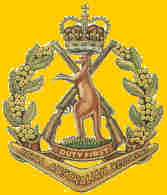 7th Brigade and parts of the
7th Brigade and parts of the
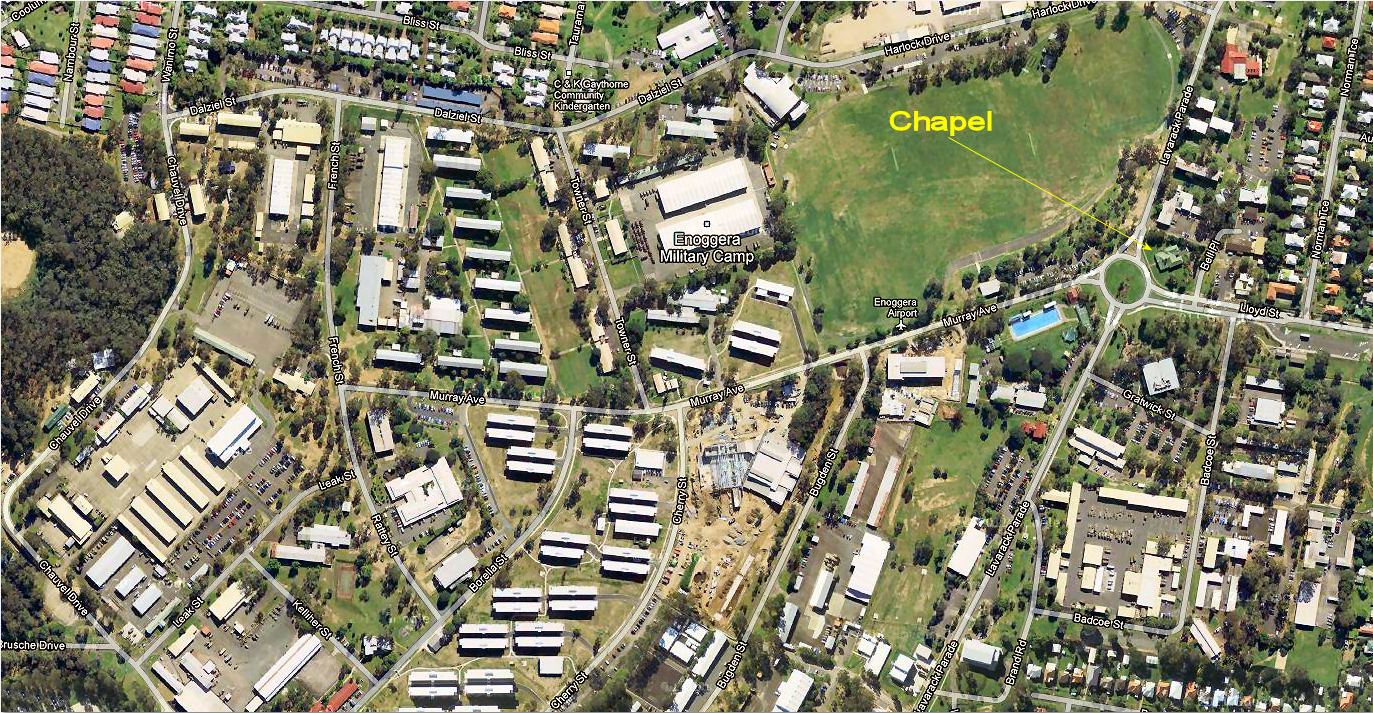
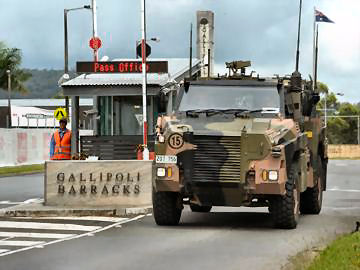 On
a regular basis, Gallipoli Barracks puts on a “Pleasant Sunday Morning”,
(PSM) with the obligatory sausage sizzle, for the families of the blokes
and blokettes who are currently serving in Afghanistan.
On
a regular basis, Gallipoli Barracks puts on a “Pleasant Sunday Morning”,
(PSM) with the obligatory sausage sizzle, for the families of the blokes
and blokettes who are currently serving in Afghanistan. 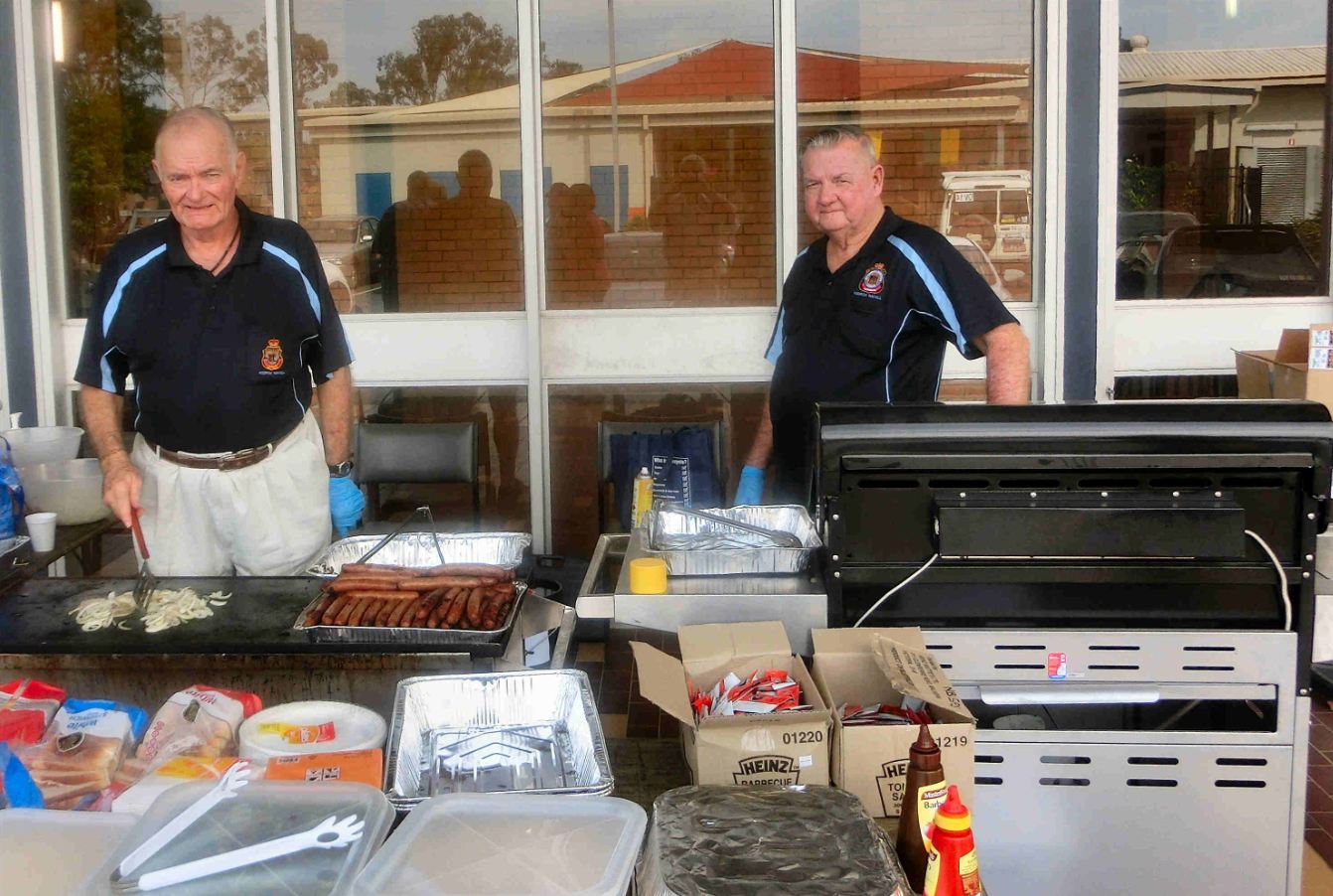
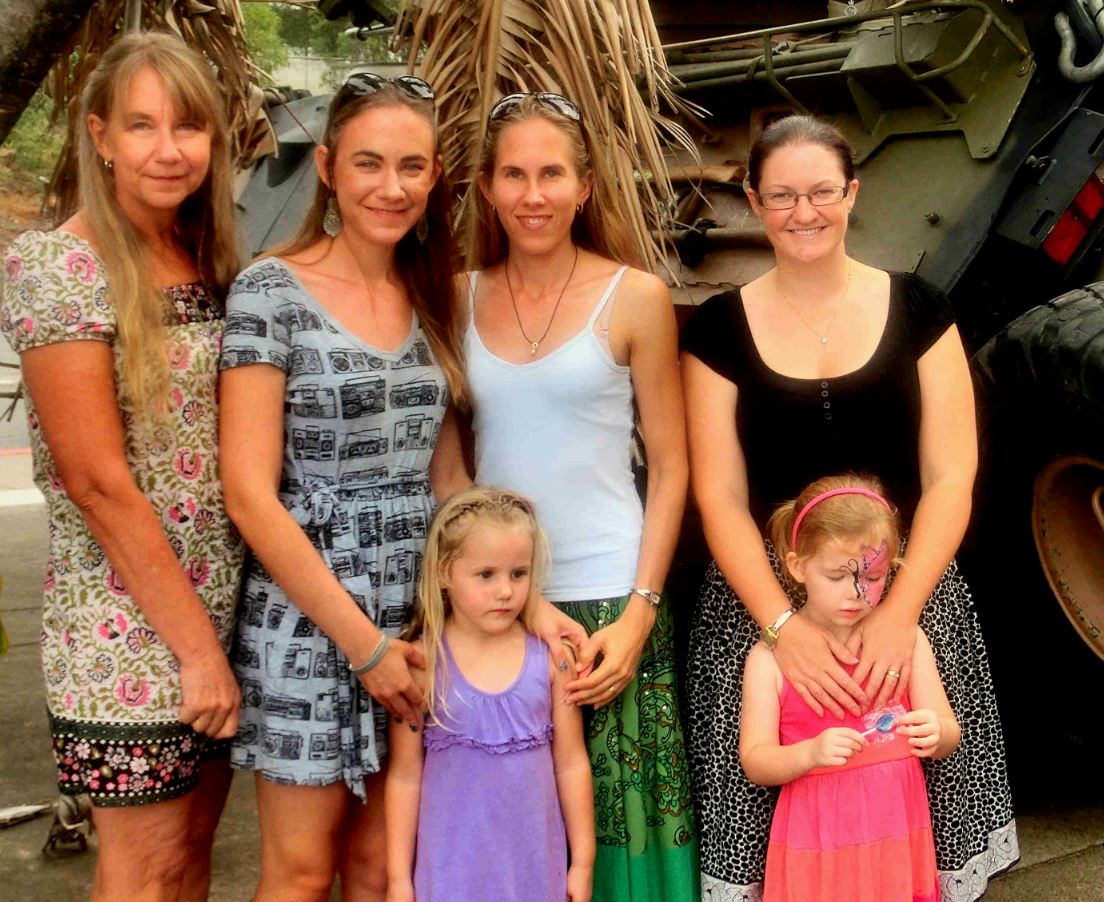
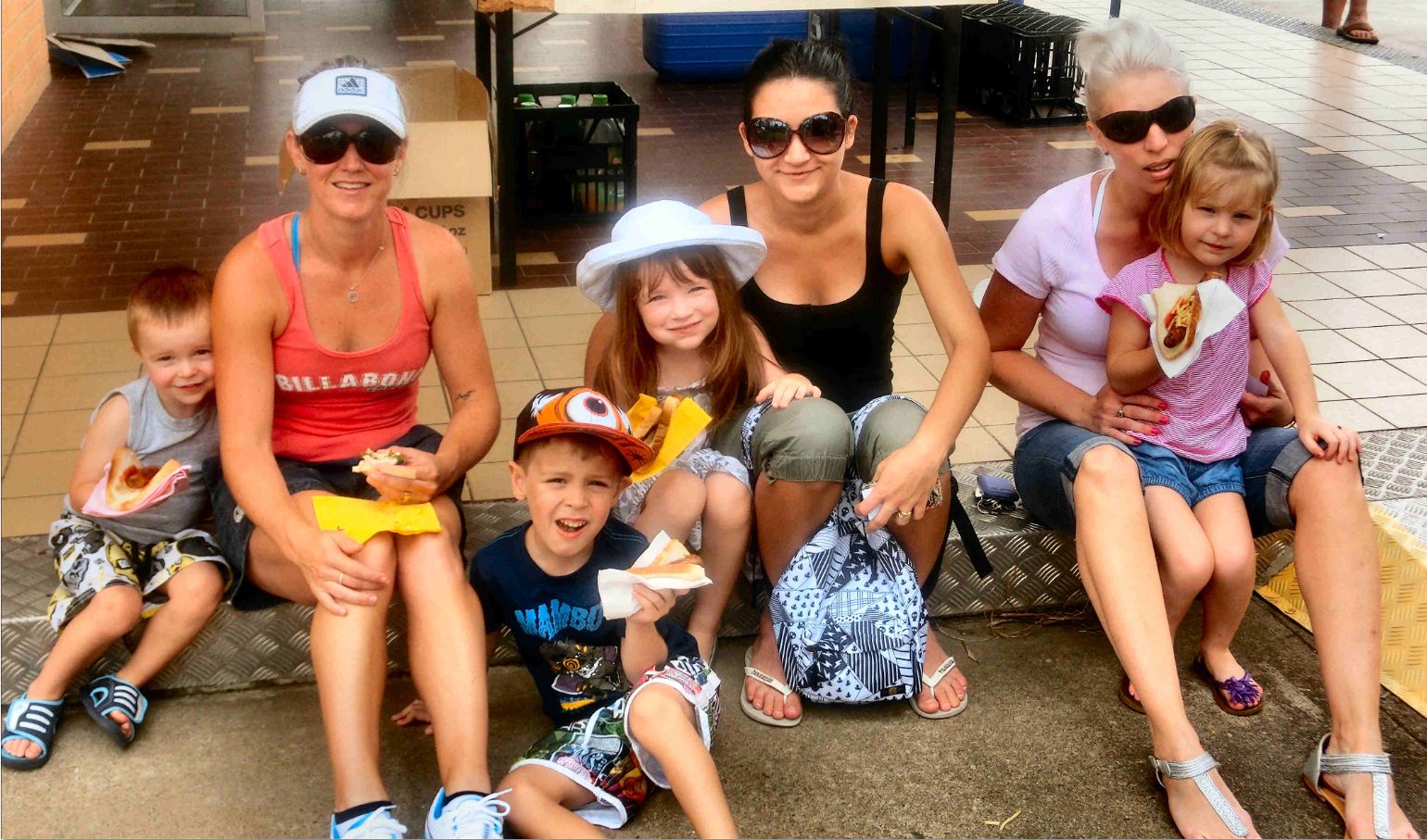
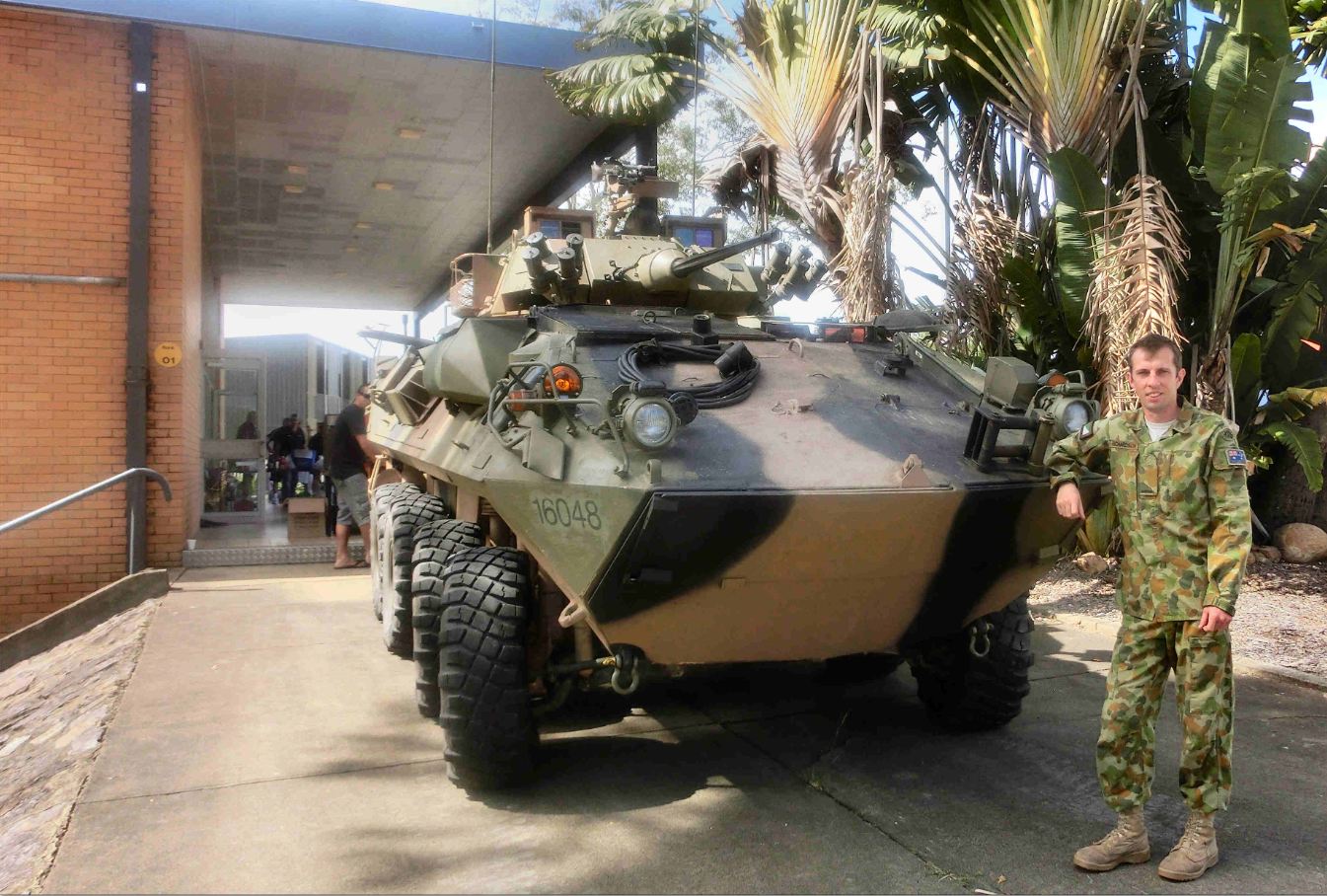
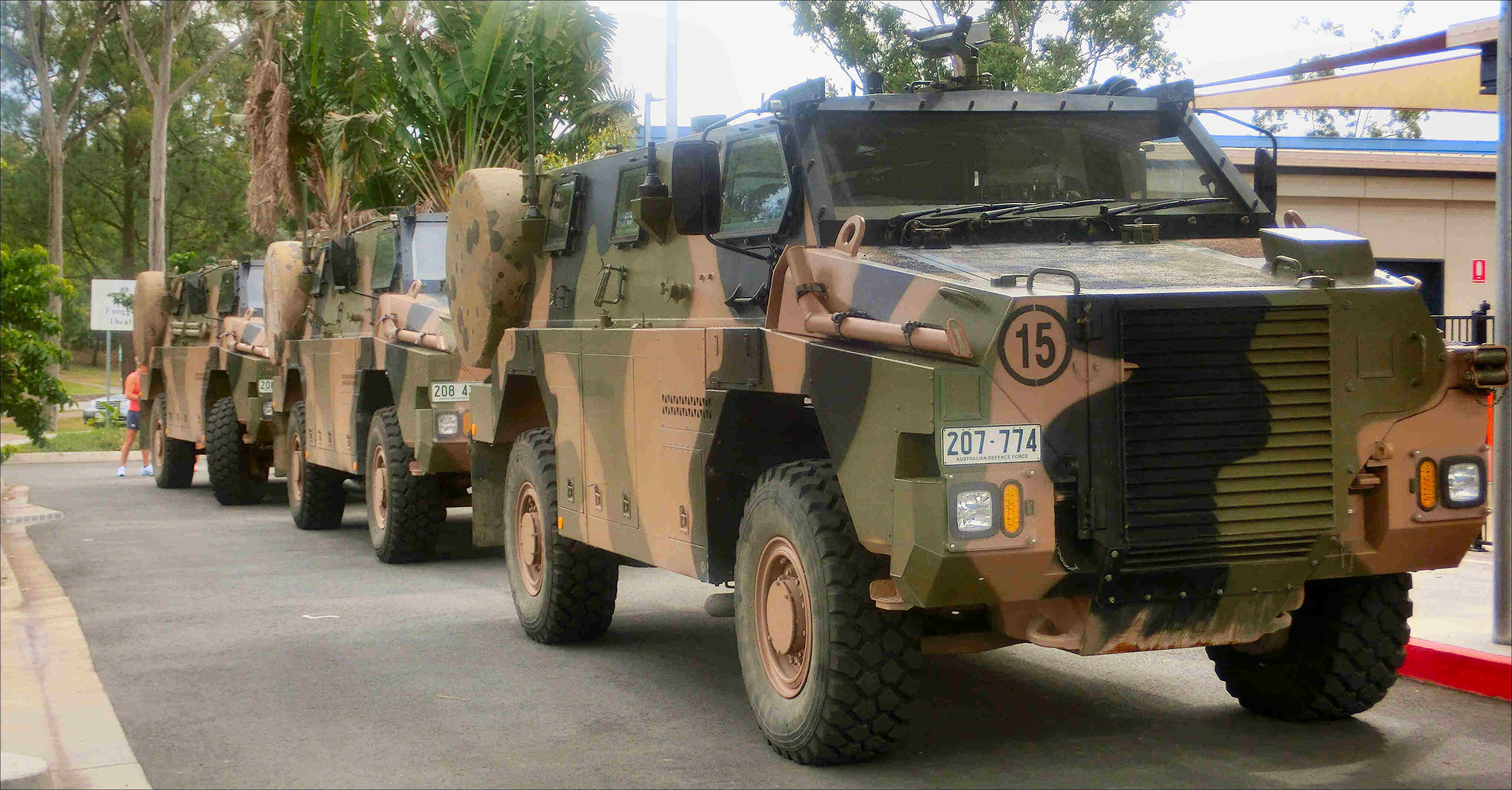
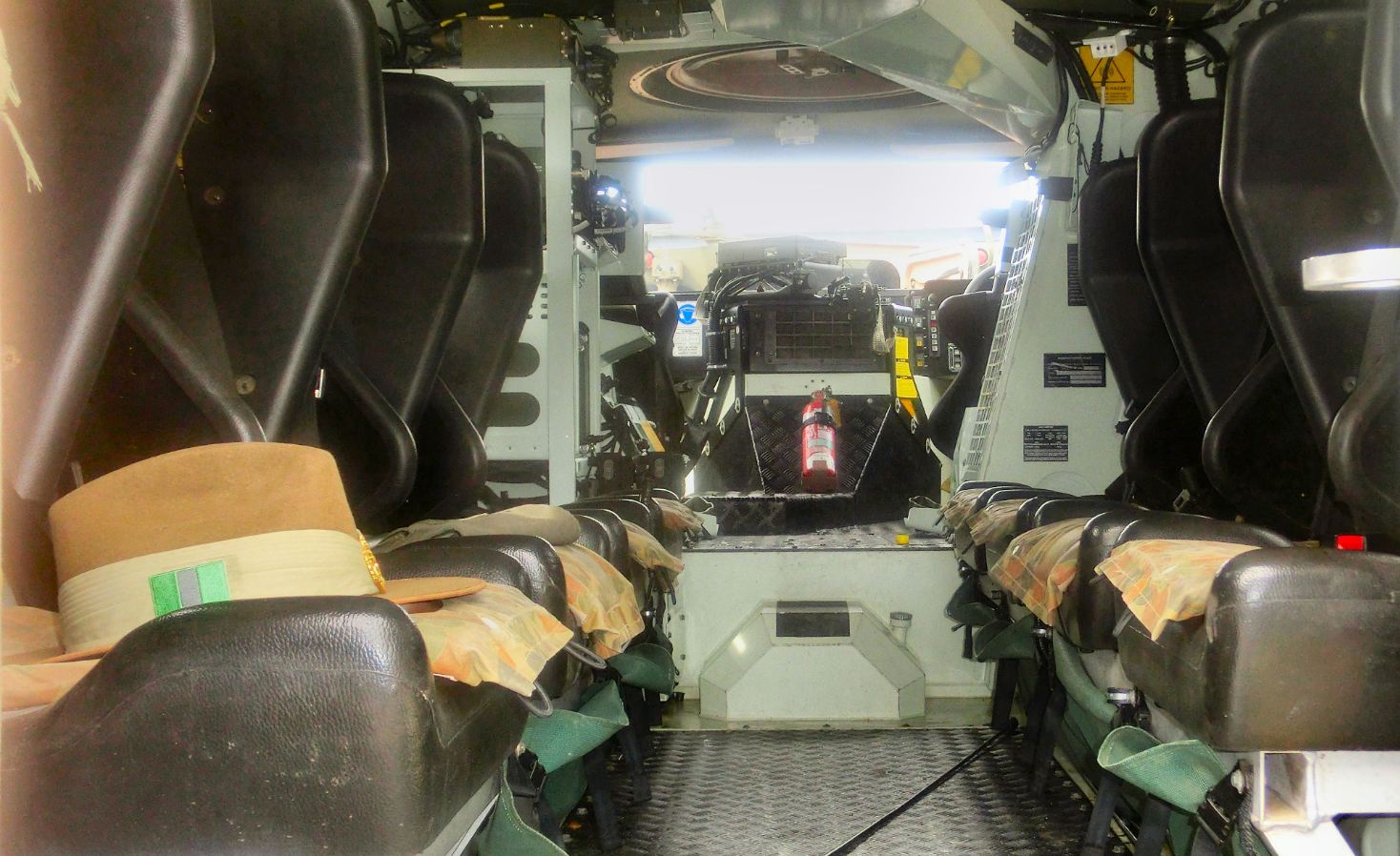
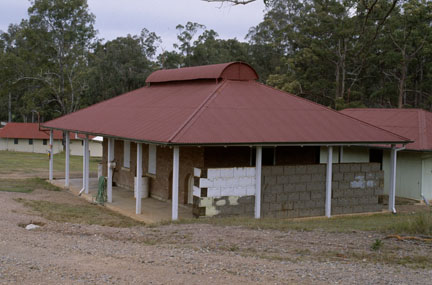
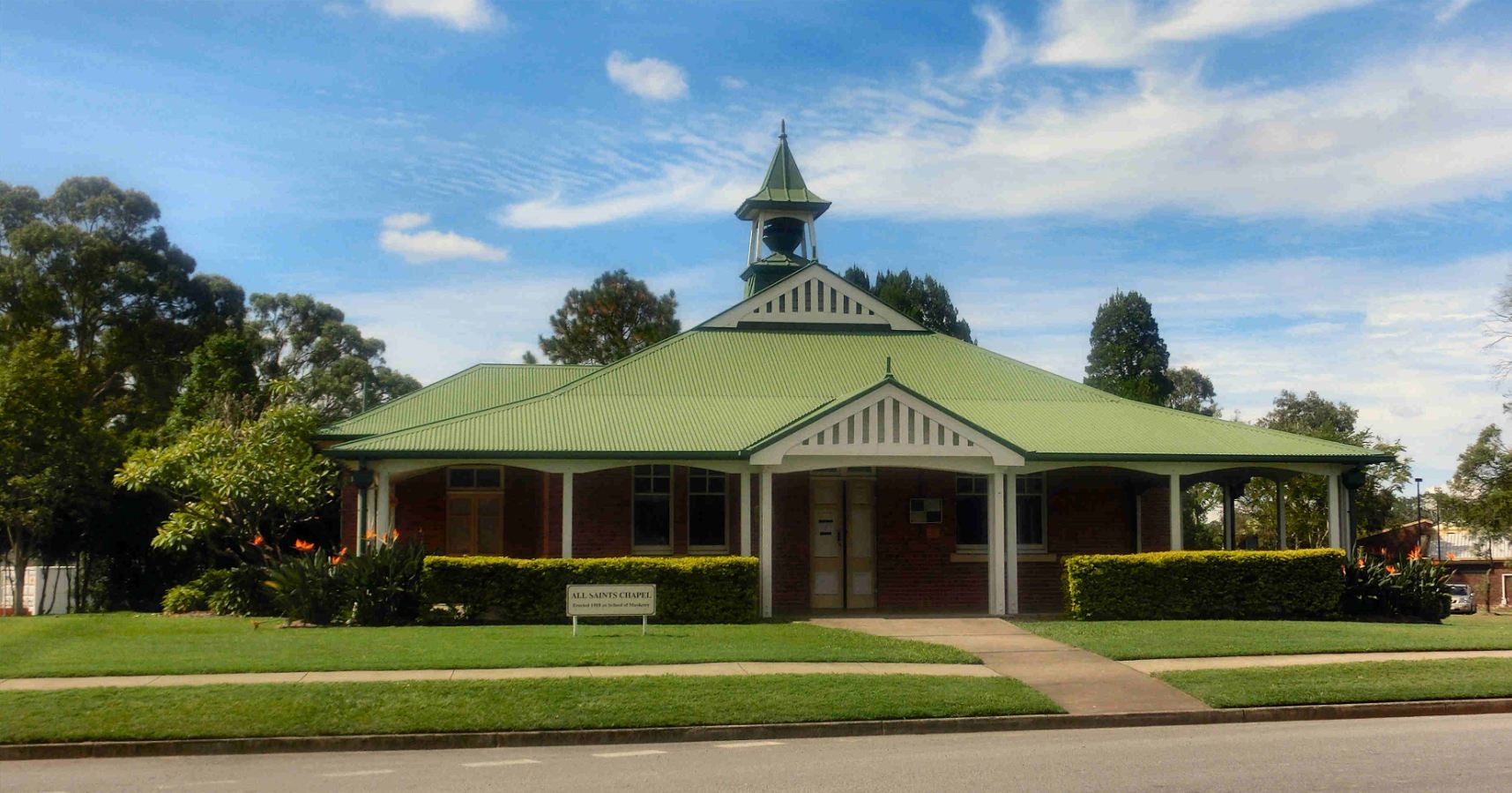
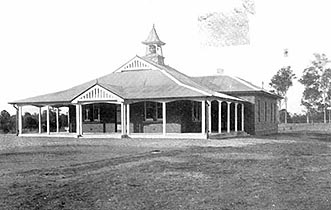
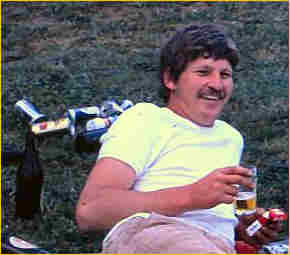
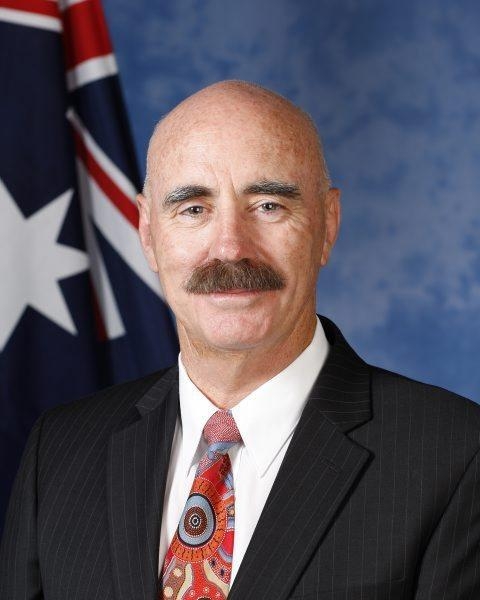
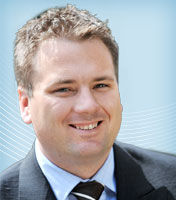
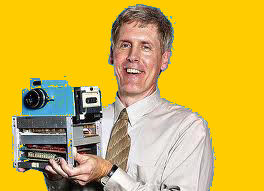
 television
set.
television
set.